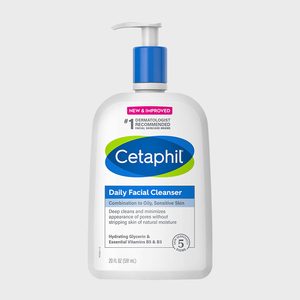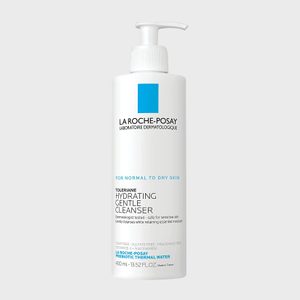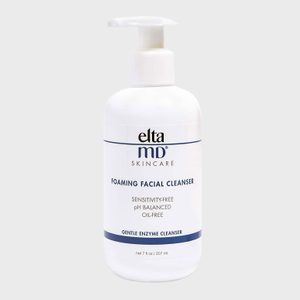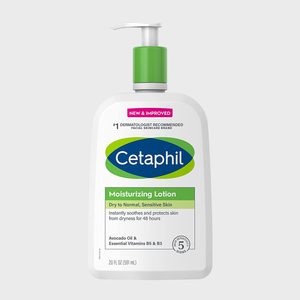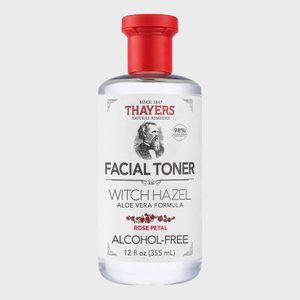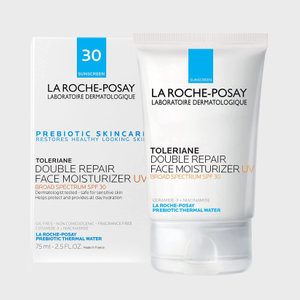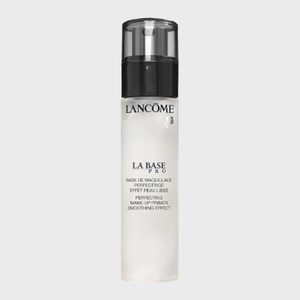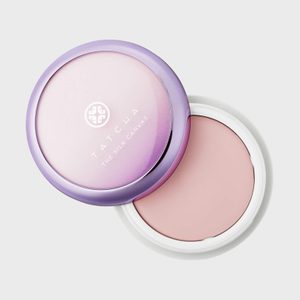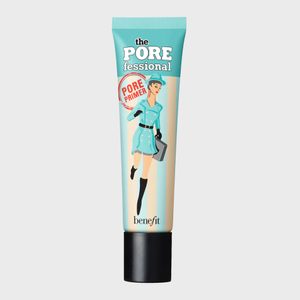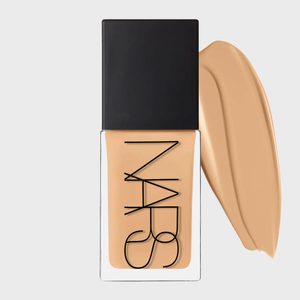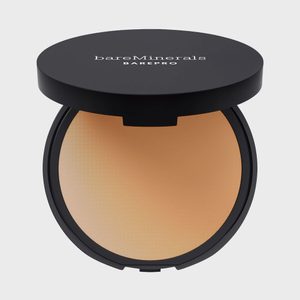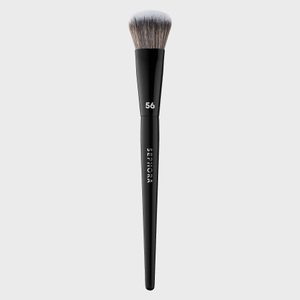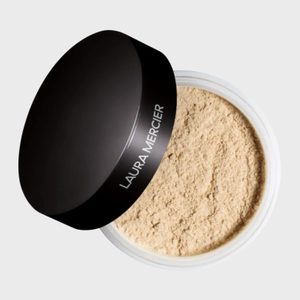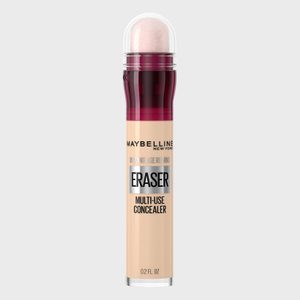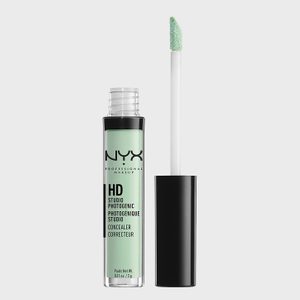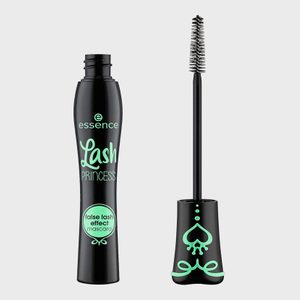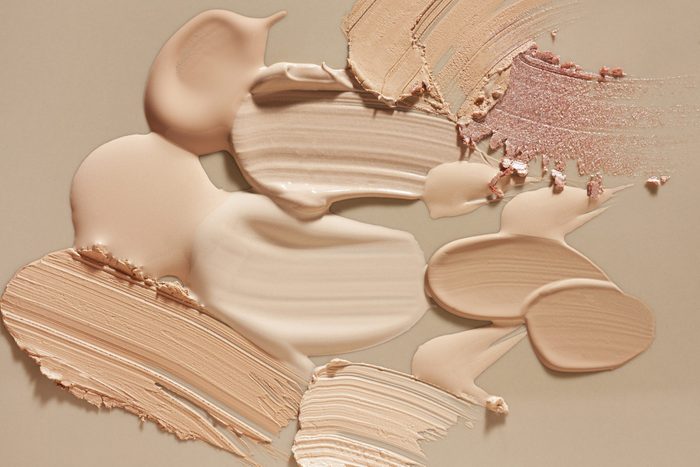
Every face is different, which means everyone needs their own way of applying makeup. How to apply foundation depends on your skin type, skin tone, and even skin age. Dry skin will require a different formula than oily skin, just like mature skin will require a different technique than younger skin. Not everyone knows how to apply foundation for their own skin, and that’s okay—the pros are here to help.
What is the best way to apply foundation?
Knowing how to apply foundation is second nature with a few basics down. When you’ve got a smooth base on your skin, it sets the tone for the rest of your makeup. But half of the task of applying foundation is starting with the right products and tools. There’s no one-size-fits-all method. Take this proven skincare quiz to formulate products specifically for your skin.
How to choose the right foundation
You need to understand your skin first before you even walk into your favorite makeup store (whether it’s Ulta vs. Sephora). Whether you have oily, dry, or mature skin, the best foundations can be tailored to you. If your skin is sensitive and breaks out easily, you’ll want to choose foundations for acne-prone skin—sounds simple enough, right? “For acne-prone skin, it’s best to use foundation that is oil-free, hypoallergenic, and non-comedogenic,” says makeup artist Marsha Page of The Melanin Therapist.
The best foundations for dry skin will keep your skin hydrated while providing coverage. “Luminous or glowy finish foundations will allow dry skin to appear more hydrated,” says celebrity and bareMinerals global makeup artist ambassador Kelsey Deenihan. “Oftentimes I’ll opt for a tinted moisturizer and build the coverage where needed.”
Page recommends “powder-based foundation or matte liquid foundation” if you have oily skin. And as for foundations for mature skin, you want to look for a light liquid foundation. “Liquid foundations tend to lay better on mature skin [than] a powder foundation, [which] will settle into fine lines and wrinkles, accentuating their appearance,” Deenihan says.
What you’ll need
If you’re going for a full face of makeup, you’ll need a healthy selection of products to work with, many of which you can find for cheap at Sephora. Make sure you have all of these ready:
- Face wash: It’s important to start with a clean face, so start with your go-to face cleanser. And if you want extra-cleansed and smooth skin, use a facial cleansing brush like the Foreo Luna Mini 2.
- Toner: A toner isn’t required, but if you have oily or acne-prone skin, this is a recommended product.
- Moisturizer: Using the best moisturizer for your skin keeps it hydrated underneath your foundation.
- Primer: The best primers will provide a smooth base under foundation.
- Foundation: You of course need one of the best foundations for a full foundation look.
- Beautyblender or brush: You could use your fingers in many cases, or you can use a Beautyblender sponge or one of these best makeup brushes.
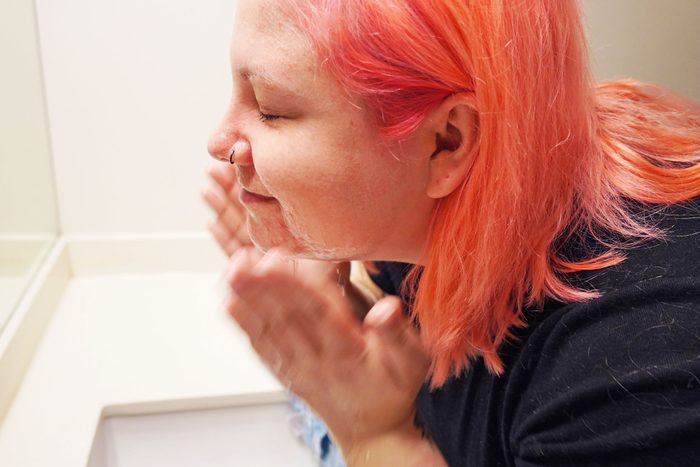
Step 1: Wash your face
Yes, there is a correct order to apply your skincare, but the first step in any makeup look is cleaning your face. Using your favorite cleanser, give your face a good wash (or use a facial scrub for extra exfoliation). This gets rid of any dirt lingering anywhere and sloughs off dead skin cells for a smooth palette to work with.
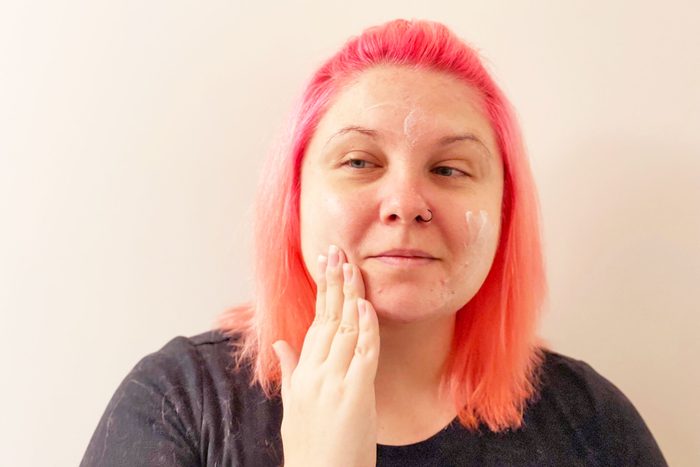
Step 2: Tone and moisturize
After your face is clean, you can choose to use a toner. Toner is recommended for oily or acne-prone skin, as it can keep oiliness at bay throughout the day and dry out some of those blemishes you might have. If you don’t need a toner, though, you can move on to moisturizer (be sure you’re using the right kind for your skin type here too, such as moisturizers for acne-prone skin or oily skin).
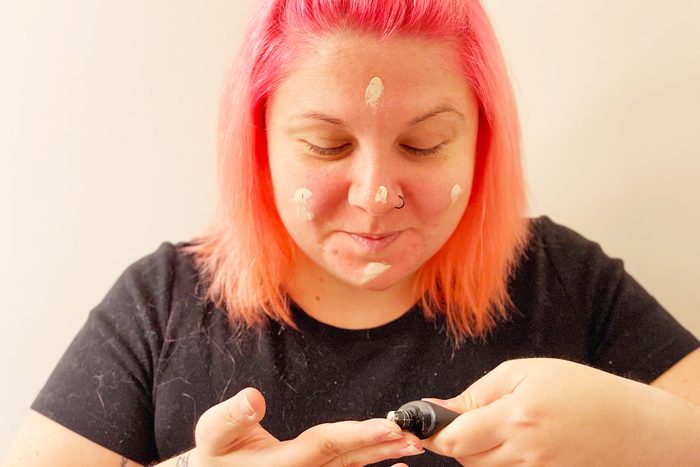
Step 3: Prime the skin
“Once the skin has been cleansed, exfoliated, and moisturized, you should apply a foundation primer,” Page says. “Primer smooths and mattifies the skin for a flawless foundation application.” Apply this after your moisturizer has set for a minute so you’re not just rubbing more wetness onto your skin. You can use your fingers or a brush for this step.
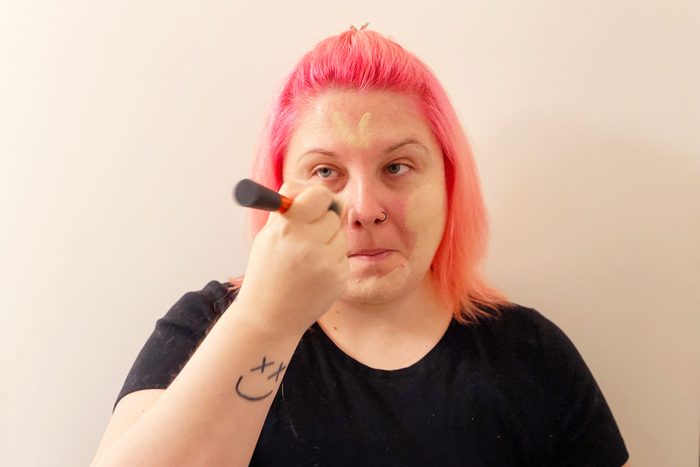
Step 4: Apply foundation
Now that your skin is fully prepped, it’s time for foundation. In addition to choosing the best foundation for your skin type, consider the coverage level you want. A thicker cream formula will provide more coverage than a powder. If you want to really even out your skin tone and cover any spots, a heavier formula may work better for you—but those can also be harsher on acne-prone skin. Once you have your foundation (whether it’s liquid, cream, or powder), it’s time for application.
“I tend to start applying foundation toward the center of the face and work the product outward,” Deenihan says. “Applying more coverage in the center and diffusing the base as you get toward the face perimeter gives the skin an even tone without the risk of a solid line of product around the jaw and hairline. I like to apply with a foundation brush first and follow with a beauty sponge in a tapping motion to press the product into the skin for a more natural finish.”
For dry skin, try not to drag your brush or sponge across your skin too much, though, as this can cause your skin to flake more. Instead, Deenihan recommends patting the foundation into the skin to set it in place.
If you have mature skin, you may want to approach this a bit differently, though. “Mature or aging skin has more texture and in some cases can be drier in some areas,” Page says. “It’s best to use a hydrating liquid foundation, which is lighter and doesn’t appear to have a ‘cakey’ finish. Liquid foundations can be blended easier on the skin and create a more natural finish. During the application process, it’s best to focus on areas of the skin that need more coverage rather than applying foundation to the entire face.” Next, do check out how to use makeup to look younger in the most efficient way.
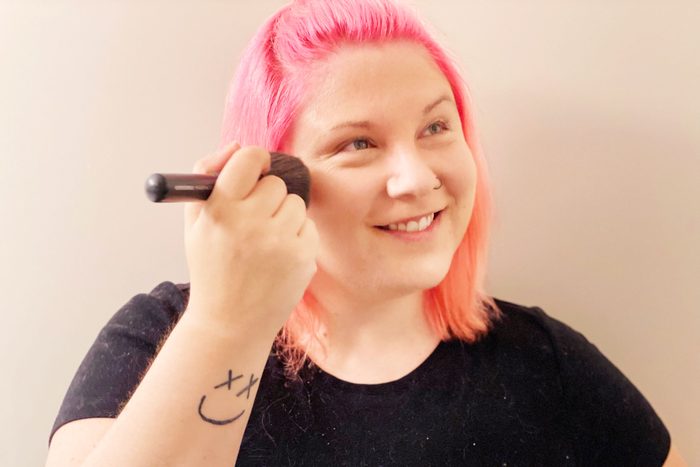
Step 5: Apply finishing products
If you need more coverage, you can choose to use the best concealers or a dark spot corrector, then finish everything off with a setting powder. Once your foundation is in place, you’ve got the base to add whatever else you want, like blush, lipstick, or mascara. The options are endless!
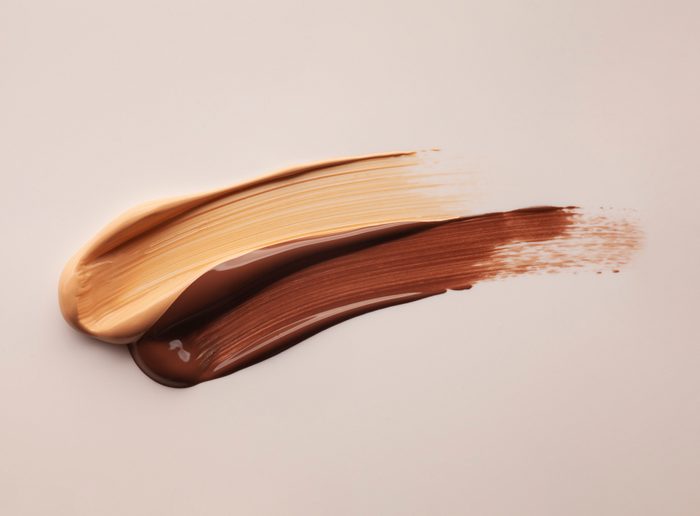
Dos and don’ts of foundation application
When it comes to how to apply foundation, we have even more makeup tips from professionals that will make the process not only easier but more successful.
Do: Understand your undertone
All skin tones have an undertone that will help you decide which foundation (and concealer) is best for you. “The best way to determine what shade of foundation would work best for you is to understand what your skin’s undertone is,” Page says. “Typically, people look at the veins on the inside of the wrist to determine undertone. Green veins usually mean you have a warm undertone and blue veins determine a cool undertone. People with Melanin rich skin usually have a combination of yellow and red undertones, so I always select foundation based on the predominant undertone of melanin-rich skin.”
Don’t: Pick the wrong finish
Your skin type should determine what kind of foundation you’re looking for. “Oily prone skin should stick to a long wear foundation with a matte or natural finish,” Deenihan says. “Dry skin should opt for a liquid foundation with a luminous or radiant finish.”
Do: Blend!
The application of foundation doesn’t stop once the makeup is on your face. You have to make sure it’s all blended in—and that includes your neck. “This application can make a line of demarcation between the face and neck,” Page says. “It is always best to build coverage as necessary and blend, blend, blend!” Pro tip: using a vanity mirror with lights can make it easier to blend your make-up.
Don’t: Apply too much foundation
You won’t necessarily need the same level of coverage on your whole face, Deenihan says. Follow what your skin is telling you. “Always start with a light veil of product and only apply more where needed,” she shares. “You don’t need extreme coverage over the whole face, but rather only in certain areas.” Those areas might have more discoloration or blemishes that you want to mask.
Do: Prime the skin
Priming the skin creates a smooth base for your foundation, and makeup professionals recommend you never skip this step. Page points out that this also extends the wear of your foundation.
Don’t: Create streaks
The way you apply your foundation will affect the outcome. Page wants you to dab and stipple it onto your skin. “Don’t rub the product into the skin as it will only move the product around the skin and streaks can appear from the brush bristles,” she says.
Do: Switch your foundation with the seasons
Your skin naturally changes colors during the seasons, thanks to its exposure to the sun (even when you’re wearing SPF). Plus, in the summer, you might want a more glowy look to match the sunny weather. Page recommends leaning into that idea and rotating your foundation shades with the seasons. “Once you have determined the best foundation for your skin type, it’s best to switch the shade according to the season,” she says. “In the warmer months of the year, get a slightly darker shade than you would use in the colder months of the year.”
Next, learn how to apply concealer, according to beauty experts.
Sources:
- Marsha Page, The Melanin Therapist
- Celebrity makeup artist Kelsey Deenihan

